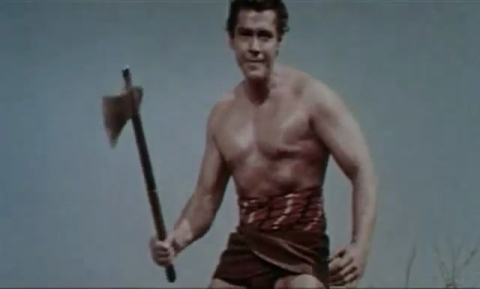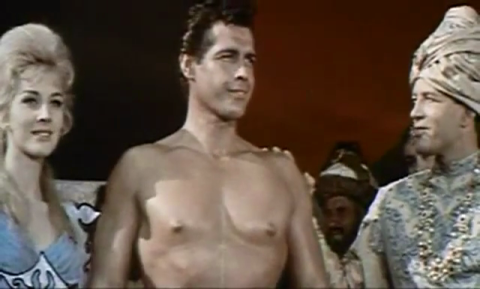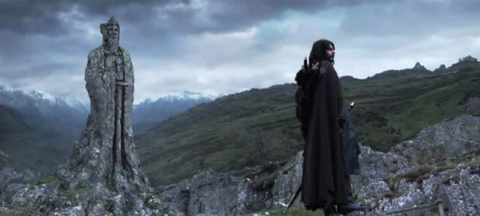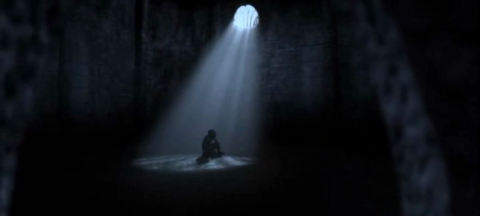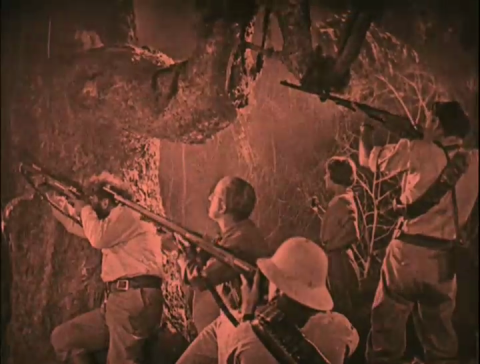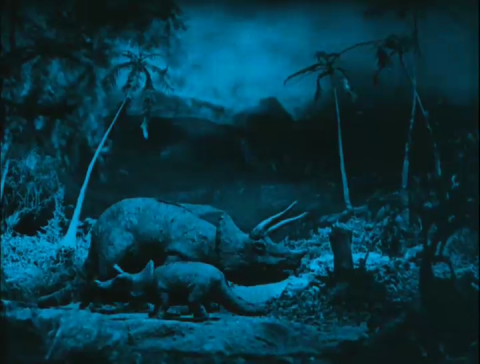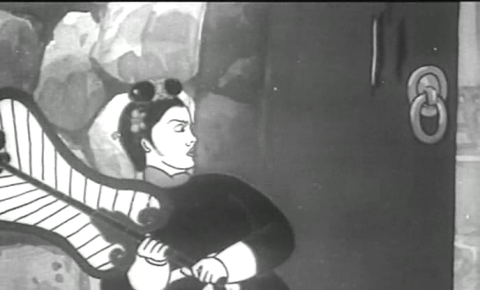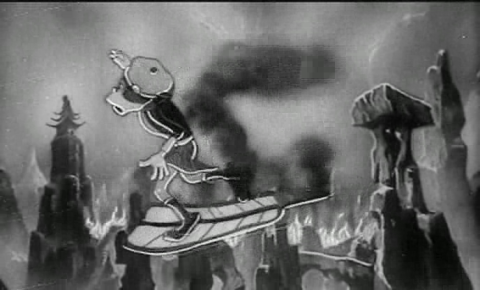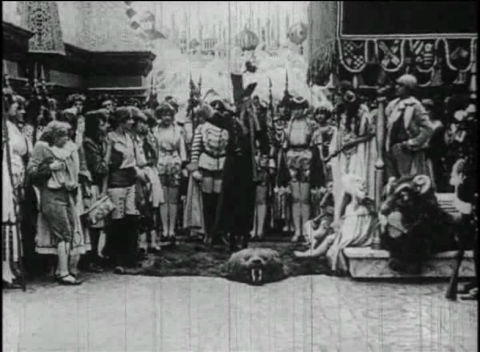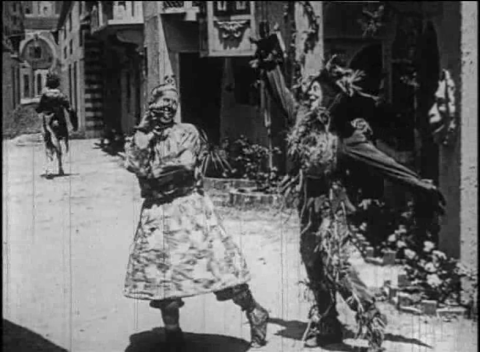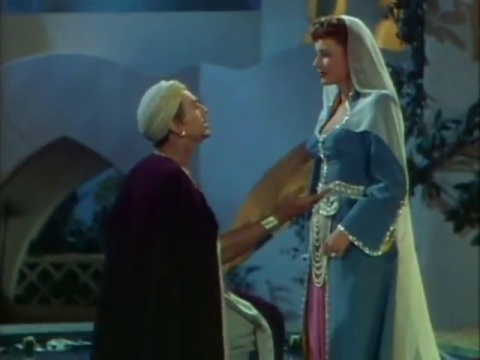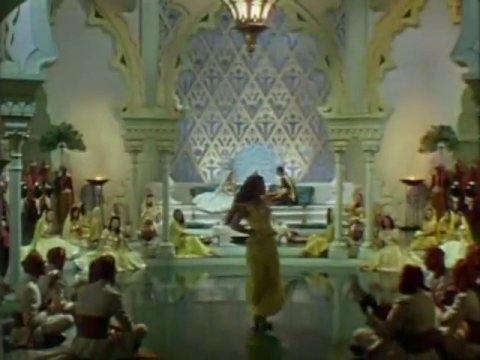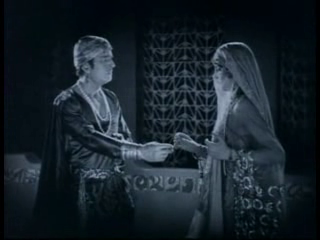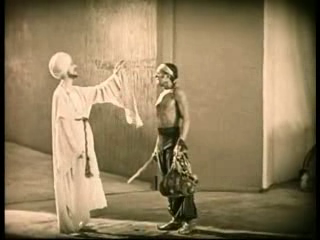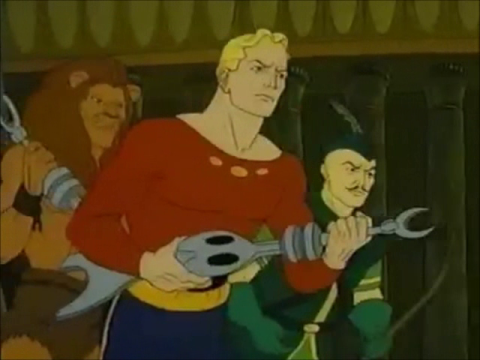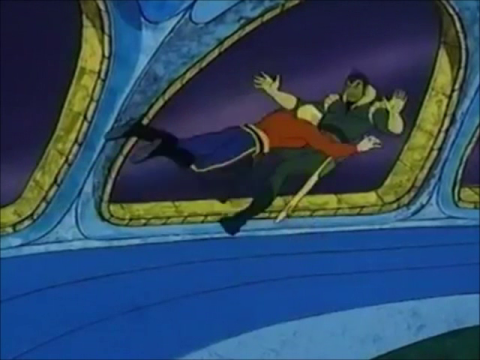The sword-and-sandal, or peplum, genre of films has a long history, starting in the silent era. But for a few short years, the genre was the bright centre of the cinematic universe, at least in Italy, and to a lesser extent in the rest of the Western world. And that short period in the early 1960s all started with one single film, Hercules with the muscular Steve Reeves in the title role.
Hercules, more so than most other sword-and-sandals, is solidly grounded in ancient Greek mythology. The plot centres around the legend of the quest for the golden fleece (complete with Argo, Jason and many of the most famous Argonauts), and mixed into the brew are several segments from the legend of the labours of Hercules.
It is difficult to grasp just how popular the sword-and-sandal films were at their peak. The genre is hard to define exactly, so any count of how many films were produced during the peak years must be made with care. One estimate I have seen suggests that during the period 1960 – 1965, an average of one new film every ten days(!) was released in Italy. It is easy to understand that the market was saturated eventually, and after 1965, the genre more or less died, or at least dropped to more reasonable levels.
A few other sword-and-sandal films featuring Hercules are available at the Internet Archive, most interestingly Hercules Unchained from 1959, which was a direct sequel to Hercules; the two are often mentioned together as the two films that sparked the tremendous interest in the genre.
The version I have chosen for this post is a pretty good widescreen version. The Internet Archive also has a different version, edited for 4:3 aspect ratio. It is much less interesting, but if you are fanatic about this film, you may wish to compare them side by side.
This film is best enjoyed for its high production and entertainment values, but also as a truly pivotal piece of cinematic history. Sure, you will have to endure some pretty bad dubbing, but the overall experience is certainly worth some minor suffering.
Hercules
Download link
Year: 1958
Running time: 1 h 38 min
Language: English
Director: Pietro Francisci
Stars: Steve Reeves
Image quality: Good
Resolution: Medium (831×376; not counting black border)
Sound quality: Good
Best file format: MPEG2 (1.9 G)


